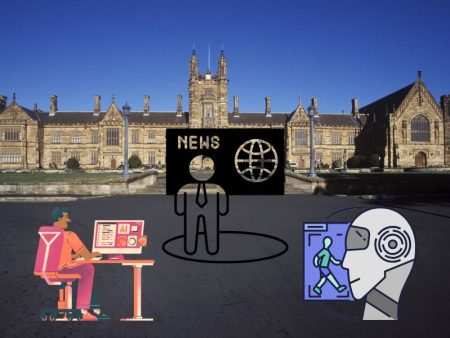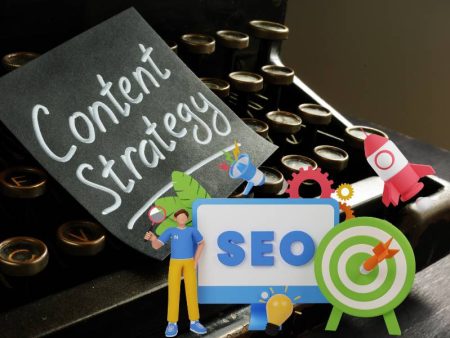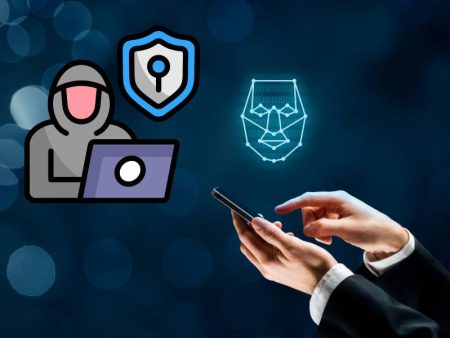Let’s be honest—we’ve all had that moment.
You’re staring at a stock chart. The lines are squiggling. Candlesticks are dancing. Some financial YouTuber said this was going to “break out.” And yet, you’re just… guessing.
So what if something smarter than us could do the guessing part better?
What if—bear with me—there was an actual brain, albeit artificial, that could sniff out trends before they even become a thing? That’s where AI stock prediction bots come in. These little digital geniuses don’t drink coffee or panic when a stock dips 2%. They analyze. They compute. They… predict.
But how? And more importantly—can you really trust one?
I spent weeks fiddling with one (yes, like a curious monkey with a remote), diving deep into how it works and what it sees that we don’t. And lemme tell you—it’s not just about the numbers. It’s a whole vibe.
The First Date With an AI Bot
Okay, so I didn’t exactly take it to dinner (though that’d be kinda funny). But when I downloaded the AI Stock Trading Bot App, it was sort of like that awkward first meet-up with someone who might be out of your league.
At first glance, it’s sleek, confident, and throwing around terms like “signal processing,” “neural nets,” and “probabilistic thresholds.” I was intimidated. But then, it started showing me things.
Like how it caught a subtle pattern in tech stocks that I completely missed. Or how it predicted a small downturn in a pharma company based on news sentiment—yes, it read the news and interpreted it emotionally better than I do after watching a Pixar movie.
But I’m getting ahead of myself.
Let’s talk about how these bots “think.”
Pattern Recognition: Their Superpower
Imagine having the ability to look at thousands of charts at once. Not just stare—but actually notice connections. You’d see that when oil prices go up, certain shipping companies take a hit. Or that when Apple has a keynote, semiconductor stocks tend to move a few days later.
That’s what AI bots do.
They’re built on models that can learn. Like that one friend who can memorize 500 song lyrics and every line from “The Office.” Only these bots remember price movements, volume changes, social media buzz, insider activity, analyst ratings, and about 100 other things—all at once.
But they don’t just remember.
They evolve.
Through something called machine learning, they’re constantly updating themselves. If a strategy works today but fails tomorrow, the bot learns from it. And not in a “oops, let me try again” way. More like a “let’s rerun 10,000 simulations and find a better route” kind of way.
Cool? Yeah. A little creepy? Also yeah.
Intuition vs. Calculation
Now here’s where things get philosophical.
You and I—we have gut feelings. Sometimes they’re right, sometimes they’re just gas. Either way, we use emotion to guide our trades way more than we want to admit.
The AI bot? No emotion. Just patterns. Just data.
So when the market crashes and we’re doom-scrolling through Reddit, it’s calmly evaluating RSI levels and Fibonacci retracements like a Zen monk doing algebra.
But here’s the twist: the best bots actually learn from human behavior too.
Let that sink in.
They’re not just looking at technical indicators. Some are analyzing how people react—scanning forums, tweets, even meme stock buzz. They don’t care about what people say they’ll do. They watch what they actually do.
Kinda like your therapist who knows you’re lying when you say you’re “fine.”
So… Can It Really Predict the Market?
Short answer? No.
Long answer? Not perfectly, but damn close sometimes.
Here’s the thing. No AI, no bot, no human has a crystal ball. The market is too chaotic, too emotional, and too influenced by factors like pandemics, politics, and Elon Musk’s Twitter account.
But AI bots can do something we can’t: they see micro-trends. They catch changes before they become obvious. And when you combine that with tools like an AI Stock Trade Analyzer, it’s like having a high-tech compass in the middle of a financial jungle.
Does it mean you’ll get rich? Not overnight.
Does it mean you’ll stop making totally irrational trades at 1 a.m. while half-asleep?
Maybe.
A Day in the Life (of the Bot, Not Me)
Let’s break down what happens in the bot’s “brain” on a normal market day:
6:00 AM: Pulls in pre-market data. Watches volume spikes. Notices that energy stocks are buzzing.
8:30 AM: Scans hundreds of news headlines. Assigns sentiment scores. Flags a potential PR crisis brewing for a retail giant.
9:45 AM: Runs trend deviation models. Notes that a biotech stock is behaving differently than its peers.
12:00 PM: Checks correlation matrices. Sees that crypto’s mini-surge is subtly lifting fintech stocks.
3:45 PM: Weighs all these data points. Updates portfolio signals. Makes a couple low-risk trade suggestions.
4:05 PM: Backtests its own decisions. Finds it was 74% accurate today. Logs learnings for future trades.
Meanwhile, I’m over here debating whether to buy because “the logo looks cool.”
Real Talk: Is This the End of Human Traders?
Not even close.
Look, these bots are brilliant, but they’re tools. They’re microscopes and telescopes—giving us clarity. But it’s still you who decides what to do with the information.
And sometimes, a human hunch, a deep conviction, or even just good ol’ common sense will beat an algorithm.
But what AI does is tilt the odds in your favor. You’re not flying blind. You’re flying with a co-pilot who has night vision and a radar and probably better spatial reasoning than I do.
Use it wisely.
A Confession (And a Bit of Banter)
Okay, full disclosure: I was a skeptic.
I thought all this AI stock prediction stuff was just the latest snake oil—tech bros in Patagonia vests trying to automate intuition.
But then I let the bot run a shadow portfolio for a month. And while I still placed my own trades, I noticed something curious: my confidence grew. Not because I followed it blindly, but because I finally had a second opinion that didn’t come from a random Reddit thread.
Was it perfect? Nope. It missed a couple plays. But it also caught a few I never would’ve seen. And that made me feel like I was part of something smarter, more evolved.
Plus, it didn’t laugh at me when I asked dumb questions.
The Verdict
AI bots don’t “know” the market. But they understand it in ways we can’t. They’re not guessing—they’re calculating. Learning. Observing.
They don’t panic, they don’t gloat, and they sure as heck don’t YOLO into penny stocks because their friend “heard a rumor.”
They just… do the work.
So if you’re still out here relying on gut feelings and vibes (guilty), maybe give one of these tools a shot. Start small. Test the waters. Watch how it thinks. Argue with it, if you want.
At the very least, it’ll make you a sharper trader.
And who knows? Maybe one day, you’ll look back and realize your best trading partner wasn’t a hedge fund or a guru. It was a bot—quietly grinding through data, helping you stay one step ahead of the storm.
Final Thought:
Trading is part science, part art, and a whole lot of psychology. AI won’t replace the thrill, the stress, or the instinct. But it can make the journey a little smarter—and maybe even a little more fun.
Feel free to leave your thoughts, rants, or questions in the comments. Or just share your worst FOMO trade—we’ve all got one.
Until next time, trade safe and stay curious. 🤖📈


